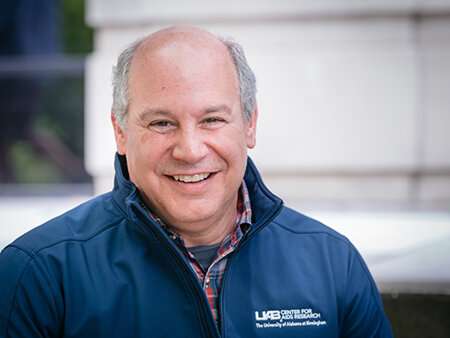The state of HIV screening, diagnosis and treatment in the U.S.


In a new feature in the New England Journal of Medicine, Michael Saag, M.D., professor with the University of Alabama at Birmingham Division of Infectious Diseases and director of the UAB Center for AIDS Research, details screening, diagnosis and treatment for those infected with HIV.
“Despite extensive knowledge about HIV, the number of cases of incident HIV infection has decreased only 7 percent over the past decade,” Saag said in the journal.
One in seven people with HIV infection in the United States is unaware of the infection, and transmission from these persons accounts for at least a third of new infections annually.
In the paper, Saag cited data from the National HIV Surveillance System of the Centers for Disease Control and Prevention. More than 75 percent of persons in high-risk categories who had seen a primary care provider within the previous year were not offered an HIV test, and many patients with undiagnosed HIV infection had multiple health care visits before receiving an HIV test.
“Clinicians should test for HIV routinely in their practices, with repeat HIV testing in persons who inject drugs, have multiple sexual partners, exchange sex for drugs or have incident sexually transmitted infections,” he said.
Saag says those with a new diagnosis of HIV infection should be promptly referred to a clinical setting, where a full HIV assessment can be performed and antiretroviral therapy can be initiated rapidly.
Long-term retention in care and maintenance of successful antiretroviral therapy allows persons with HIV infection to have a near-normal life span and virtually eliminate transmission of HIV to others. Saag suggests follow-up visits should occur four to six weeks after antiretroviral therapy begins and then every three to four months until virologic suppression is achieved.
Source: Read Full Article